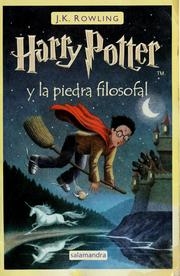For living just a few miles from the center of the city, we sure have a lot of animals around this place! In fact, tonight as I was putting together a video about our bunny, I realized I’ve made all sorts of short movies about the animals of Rosings Park. Let’s look at some of them, shall we? (And, at the end, you’ll get to see footage of Blackberry, which is what Kris has named the rabbit.)
Let’s start at the box factory, though. As you’ll recall, one day a feral chicken showed up in the yard. He lived with us for several months, coexisting alongside the shop cat, sharing its food. Here’s footage of my chicken.
Returning to Rosings Park, the first thing to document is the birds. Our yard is filled with birds, especially in the autumn and winter. Kris feeds them well, and they’re grateful for it. Sometimes there are too many birds. When that happens, there can only be one result: a peanut battle!
One summer, Kris decided to train the scrub jays that are so prevalent here. Using their favorite food — peanuts — she slowly conditioned them to come closer and closer to her. Eventually she could sit at the picnic table and feed them. The collective memory of the jays has no recollection of this now, which is too bad. Maybe we’ll start again from scratch sometime. Here’s a short video of me working to condition the friendly jays.
There are other, wilder animals that roam the neighborhood at times. For instance, there are often raccoons (or bands of them) that sweep the neighborhood, tearing up gardens and chowing down on other foodstuffs they can find. Last autumn, after we kicked Toto out of the house, they discovered her food dish and helped themselves. A younger Toto might have tried to fight them off; the old (and near death) Toto simply watched grouchily.
We have almost as many spiders around here as we do birds. Here are some baby spiders in February; by July, they were full-grown and all over the yard.
The most prominent animals in our lives are the cats, obviously. They run this place. We shouldn’t call it Rosings Park; we should call it the Whisker Den (or something less dorky but just as feline). Here’s a typical morning in which the cats are running the show. (For the record, this is my second-most watched video on YouTube.)
And that leads us to our latest addition: our volunteer rabbit. The bunny showed up last week. I love having it around. It’s hilarious. I like how it chases the cats, but not out of spite — out of playfulness. I came home yesterday to find it lolling in the road with Max. We’ve decided it can stick around, but it can’t come in the house, and we’re not going to actively foster it.
Here’s how cute the damn thing is:
Who knows what animal we’ll keep next? Ducks? A dog? Goats? A cow?
p.s. I forgot about the squirrels! I don’t actually have any good squirrel footage, but they’re a big part of our lives too. Sometimes they eat from Kris’ hand. They taunt the cats. They fight with the birds over food. Last week, we saw one industrious fellow trying to drag a whole corn cob up the walnut tree. I’ll make it a priority to get some squirrel video to add to my collection.












